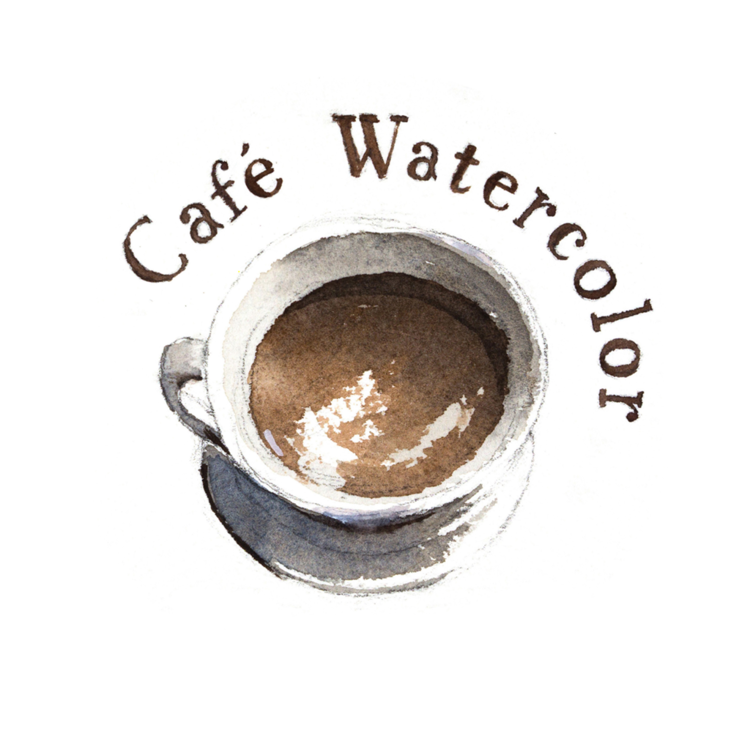Coffee time 12"x16"
When you walk around the paint section of an art store, you can often see some artists' color sets such as this 10 colors watercolor set from Alvaro Castagnet. It's very interesting to see the choice of paints that each artist uses. But as you progress, I strongly suggest you develop your own sense of color. But how do you do that?
I enjoy cooking at home. I love making Taiwanese cuisines for my wife, pasta and fried chickens for my kids, some spicy dishes for myself. I started to search for receipts on websites and YouTube. At first, I follow the receipt closely when prepping the meal. I try to put the exact amount of spices and ingredients at the right time, watch for the temperature, and I even try to use the brand of sauce they suggested. However, as I getting more familiar with cooking, I started to venture out and tweak the receipt to my liking. I can make the dish a bit spicier, sweeter, or less greasy. Sometimes I have to change the receipt because there are one or more ingredients that someone in my family is allergic to!
Similar to cooking receipts, there are tons of books and tutorials about color mixing. While they can be helpful and informative, I called them "formula". There's nothing wrong with formulas or receipts. It's great when you are looking for a starting point. But the difference between a cook and a chef is that a chef has his/her own receipts! Same for an artist, you need to develop your own set of a palette. It is ok that you start off with someone else's palette, but you should eventually build your own color set from it. There are a few suggestions I want to share with you that can hopefully help you to develop your own color set:
- Train your eyes - If you really think about it, the colors that we see are all transmitted by the light. We are merely trying to capture the light with pigments and chemicals. The mixing formulas are the colors that another person sees. Train your own eyes to be more sensitive and identify the colors that you see. Push those colors you identified and try to recreate those in your palette.
- Trust your eyes, not the formula - When your eyes gets more sensitive and trained, you will be able to judge the colors more accurately. That's the time when you should trust your eyes more than the formula! Like a chef should taste his/her own cooking, the artists should trust his/her own eyes for their own mixing. The formula is only a starting point, it's up to you to make the color warmer, cooler, redder or bluer.
- Express what you know, not what you see - Ever wonder why the artists mix their color a certain way and it looks great? That's because they are mixing the colors based on what they know! The portrait that I painted from the above is based on a photo I found on Instagram. If you see the reference photo you will see my color looks different from the photo. My skin tone is lighter and I added some blues that are not present in the photo. I paint with what I know, instead of just what I see. You are a painter, not a copy machine or a camera. Painting what you know is very important, and that's also what makes your paintings personal and unique!
If you haven't, I encouraged you to read one of my previous blog post about mixing different shades of grey. Hopefully it'll get you started with a limited colors. Work your way up and add more colors to your palette and have fun with it! Learn from other artists' way of color mixing, but always aim to develop your own color set!
New Painting Video
I'm exciting to share with you my new YouTube painting video! This is the first figure painting video I uploaded, and also the first video that I used an extra camera for my palette! Enjoy!

